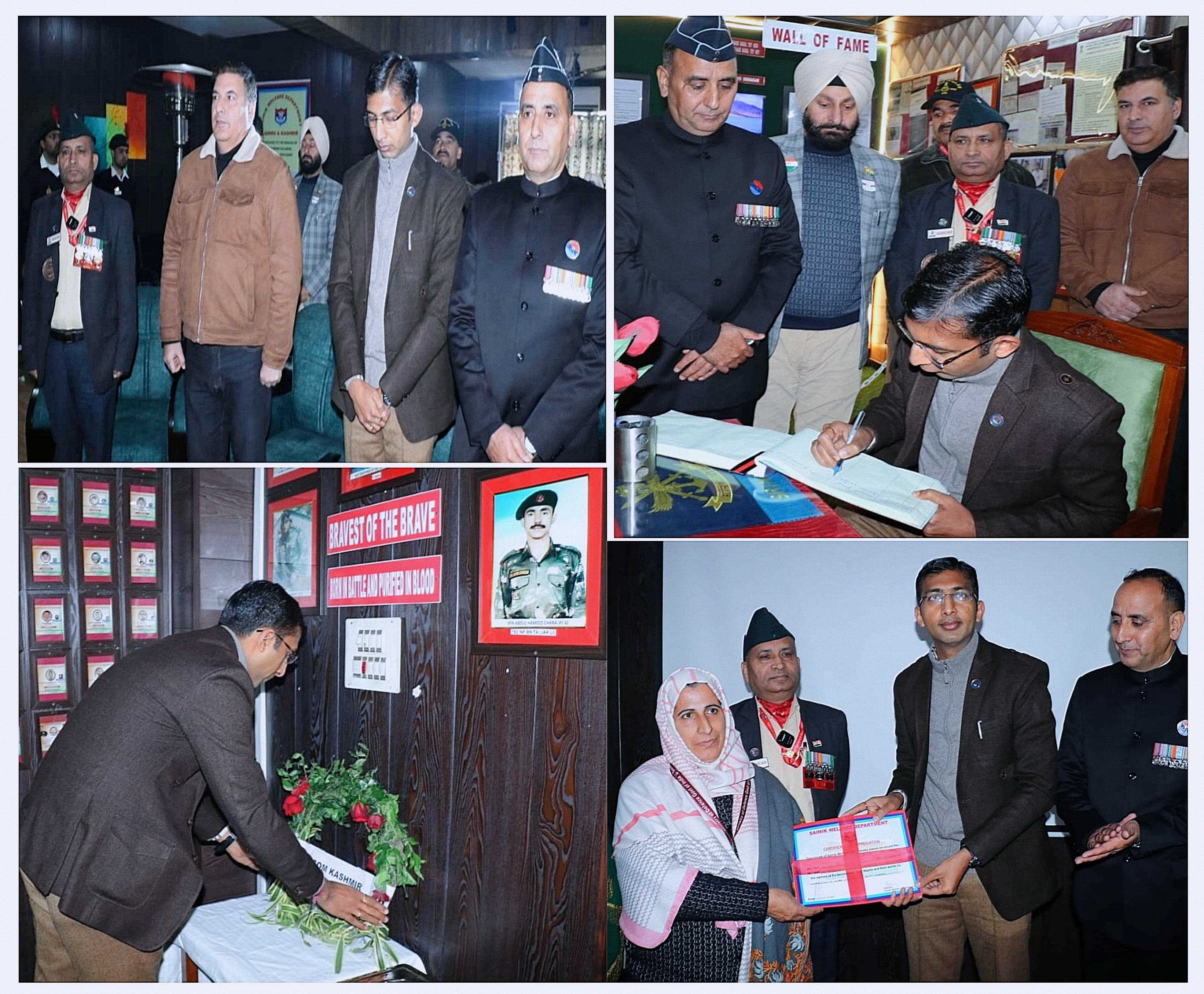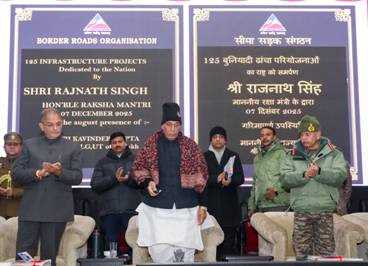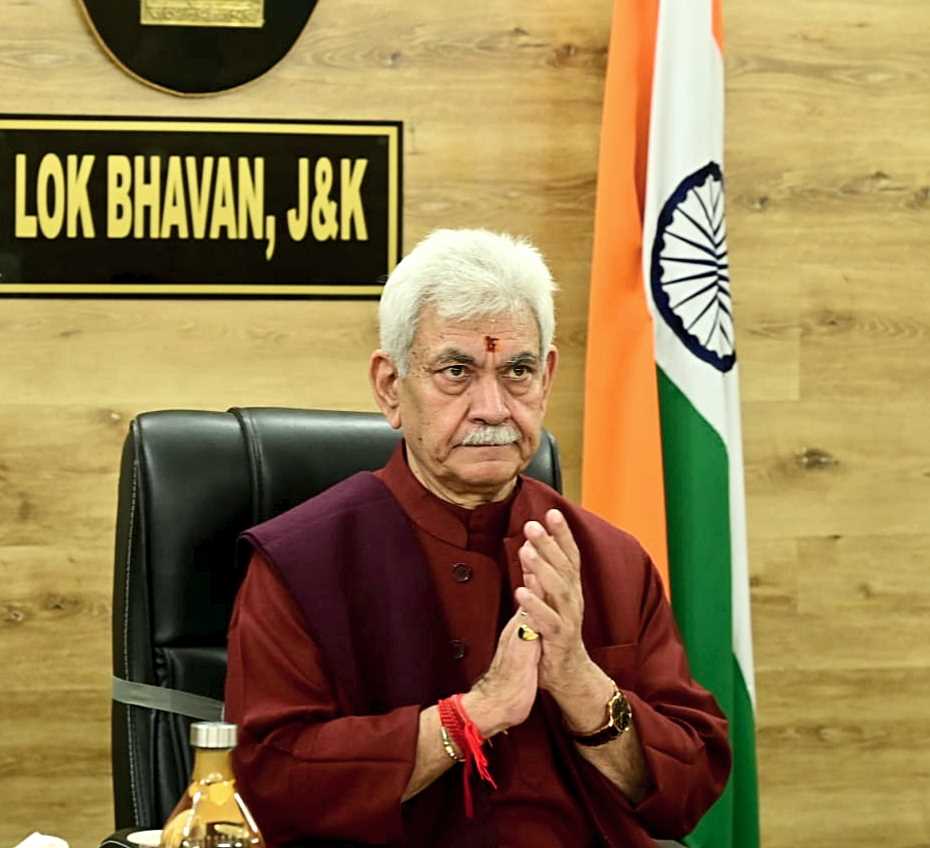
Rahi's power of imagination, evolving thought process, assimilation of aesthetics, ironies, ambiguities, symbolism, and imagery painted his poems with shades of modernism, existentialism, and surrealism, evolving into a unique artistic format.
Prof. Rehman Rahi, a poet of multiple shades and varied expressions, left us two years ago, leaving behind a treasure trove of poetry and prose. In the realm of poetry, he was akin to Mount Everest, a towering figure yet to be scaled with ease. For many, he is seen as a westernized poet; for others, he was an anti-traditionalist who revolutionized the poetic thought of an agonized nation during hard times.
Many say he was a magician who had the ability to mesmerize with words, and some believe he was an ideal hamster who played with thoughts, but for all, he was a creative poet, a skillful critic who had ability to use language with high level of appeal, and prolific academician who always thought uplifting the language he excelled in . Prof . Gulshan Majeed writes ' Rahi would have been a type but his art saved him,expressing his thoughts and emotions artistically using almost all poetic devices to beautify his art.
Ghulam Nabi Khayal remembering Rahi's initial days of introduction into the fold of progressive writers,Rahi started with translations of Russian poets and wrote about different worth seeing places of elsewhere Soviet Union and developed a bond with Som Nath Zutshi and
Dina Nath Nadim. Thus Rahi was an encouraged product of the progressive movement while his contemporary Amin Kamil had already stamped his presence in poetry as well as in literary criticism. Rahi accepted the revolutionary influence of Marxist literary thought, evident from his poetic collection 'Nawroz-e-Saba' while Kamil never compromised with artistic expressions right from very beginning but Rahi excelled much more after joining academics .Rahi's power of imagination, evolving thought process, assimilation of aesthetics, ironies, ambiguities, symbolism, and imagery painted his poems with shades of modernism, existentialism, and surrealism, evolving into a unique artistic format. Though later on he was thought of as a rebellion of the progressive thought with regards to death when he desired to get an open window to peep out of the grave. But the fact is that Rahi remained with the thought throughout his life and propounded his stand of the same ideology when he wrote "Su gulab Rouy Duethum''
A Poet of Many Influences
Rahi was influenced by Persian poetry, particularly by the likes of Forough Farrokhzad and Mirza Ghalib. His poetic themes often resemble Western poets, with works like *Sooun Gaam* drawing comparisons to T.S. Eliot's *The Love Song of J. Alfred Prufrock*. Despite these influences, Rahi’s poetry was deeply rooted in Kashmiri tradition, following in the footsteps of Mehjoor and Dina Nath Nadim, while also incorporating shades of Abdul Ahad Azad.
Rahi's multifaceted approach is evident in his work. He employed different shades, styles, and diction, capturing the essence of both Western modern diction and traditional Kashmiri literature. His poetry, if compared to Western themes, also reflects the philosophies of ancient Kashmiri scholars like Abhinavagupta. His poem 'Thoni Russ Sadaa' echoes Abhinavgupta’s Anubhava-nivedana-stotra, ,while Sona Lank, displays the stances of Bhairava Mudra.
The Poet’s Inner Voice
Rahi was never silent but is treated as a poet of Silence. He gave voice to people’s agony in his poetic collection *On the Pier of Bridge-Kadla Thatis Peth*. His inner poet sang the Heideggerian *Dasein* (existence) in his poem *Shaiy'r*. Rahi was not just a poet of modernism and progressivism but a thinker and philosopher whose work demands deep research and interpretation.
Rahi’s poetry has scope for phenomenological and ontological appraisal. His writing blends the trends of modernism, nationalism, progressivism, and existentialism. As a well-read and conscious poet, he tried to place his art beyond the boundaries of his nation, aesthetically decorating his poetry with the trends of the time.
A Treasure of Knowledge
Prof. Rehman Rahi was the first Kashmiri to receive the prestigious Jnanpith Award, India’s highest literary honor. He contributed significantly to the literary world through his series of programs titled 'Lafaz Lafaz' , which elucidated Kashmiri poetry presented by me over Radio Kashmir Srinagar and was later published by the Kashmiri Department of the University of Kashmir.This work was to reflect the rich literary tradition of Kashmir, known as 'Sharda Peth' since ancient times.
However, it is a matter of concern how many Kashmiris truly know Prof. Rahi beyond the songs presented from Radio Kashmir. His profound contributions and the depth of his work are often overshadowed by a lack of awareness and appreciation.
Preserving His Legacy
We need to move beyond mere rhetoric and establish concrete poetic and literary thought based on the treasure of writings our poets have left behind. The proper hermeneutics of Rahi’s poetry can reveal new philosophies and philosophical elements within his verses. His poetry has the potential for phenomenological and ontological appraisal, making him a pivotal figure in Kashmiri literature.
Prof. Rehman Rahi’s legacy is one of evolution, change, and deep philosophical inquiry. As we celebrate his contributions, it is imperative to ensure that his work reaches the masses and is studied and appreciated for the treasure it truly is. He was a proponent of change and evolution, always yearning for uniqueness, striving for the reality he dreamed of during his literary life.
In a nutshell , Prof. Rehman Rahi was a multifaceted poet, critic, and academician whose work transcends boundaries and time. His contributions to Kashmiri literature are invaluable, and his legacy must be preserved and celebrated for generations to come.
Email:--------------------shamshadkralwari@gmail.com



Rahi's power of imagination, evolving thought process, assimilation of aesthetics, ironies, ambiguities, symbolism, and imagery painted his poems with shades of modernism, existentialism, and surrealism, evolving into a unique artistic format.
Prof. Rehman Rahi, a poet of multiple shades and varied expressions, left us two years ago, leaving behind a treasure trove of poetry and prose. In the realm of poetry, he was akin to Mount Everest, a towering figure yet to be scaled with ease. For many, he is seen as a westernized poet; for others, he was an anti-traditionalist who revolutionized the poetic thought of an agonized nation during hard times.
Many say he was a magician who had the ability to mesmerize with words, and some believe he was an ideal hamster who played with thoughts, but for all, he was a creative poet, a skillful critic who had ability to use language with high level of appeal, and prolific academician who always thought uplifting the language he excelled in . Prof . Gulshan Majeed writes ' Rahi would have been a type but his art saved him,expressing his thoughts and emotions artistically using almost all poetic devices to beautify his art.
Ghulam Nabi Khayal remembering Rahi's initial days of introduction into the fold of progressive writers,Rahi started with translations of Russian poets and wrote about different worth seeing places of elsewhere Soviet Union and developed a bond with Som Nath Zutshi and
Dina Nath Nadim. Thus Rahi was an encouraged product of the progressive movement while his contemporary Amin Kamil had already stamped his presence in poetry as well as in literary criticism. Rahi accepted the revolutionary influence of Marxist literary thought, evident from his poetic collection 'Nawroz-e-Saba' while Kamil never compromised with artistic expressions right from very beginning but Rahi excelled much more after joining academics .Rahi's power of imagination, evolving thought process, assimilation of aesthetics, ironies, ambiguities, symbolism, and imagery painted his poems with shades of modernism, existentialism, and surrealism, evolving into a unique artistic format. Though later on he was thought of as a rebellion of the progressive thought with regards to death when he desired to get an open window to peep out of the grave. But the fact is that Rahi remained with the thought throughout his life and propounded his stand of the same ideology when he wrote "Su gulab Rouy Duethum''
A Poet of Many Influences
Rahi was influenced by Persian poetry, particularly by the likes of Forough Farrokhzad and Mirza Ghalib. His poetic themes often resemble Western poets, with works like *Sooun Gaam* drawing comparisons to T.S. Eliot's *The Love Song of J. Alfred Prufrock*. Despite these influences, Rahi’s poetry was deeply rooted in Kashmiri tradition, following in the footsteps of Mehjoor and Dina Nath Nadim, while also incorporating shades of Abdul Ahad Azad.
Rahi's multifaceted approach is evident in his work. He employed different shades, styles, and diction, capturing the essence of both Western modern diction and traditional Kashmiri literature. His poetry, if compared to Western themes, also reflects the philosophies of ancient Kashmiri scholars like Abhinavagupta. His poem 'Thoni Russ Sadaa' echoes Abhinavgupta’s Anubhava-nivedana-stotra, ,while Sona Lank, displays the stances of Bhairava Mudra.
The Poet’s Inner Voice
Rahi was never silent but is treated as a poet of Silence. He gave voice to people’s agony in his poetic collection *On the Pier of Bridge-Kadla Thatis Peth*. His inner poet sang the Heideggerian *Dasein* (existence) in his poem *Shaiy'r*. Rahi was not just a poet of modernism and progressivism but a thinker and philosopher whose work demands deep research and interpretation.
Rahi’s poetry has scope for phenomenological and ontological appraisal. His writing blends the trends of modernism, nationalism, progressivism, and existentialism. As a well-read and conscious poet, he tried to place his art beyond the boundaries of his nation, aesthetically decorating his poetry with the trends of the time.
A Treasure of Knowledge
Prof. Rehman Rahi was the first Kashmiri to receive the prestigious Jnanpith Award, India’s highest literary honor. He contributed significantly to the literary world through his series of programs titled 'Lafaz Lafaz' , which elucidated Kashmiri poetry presented by me over Radio Kashmir Srinagar and was later published by the Kashmiri Department of the University of Kashmir.This work was to reflect the rich literary tradition of Kashmir, known as 'Sharda Peth' since ancient times.
However, it is a matter of concern how many Kashmiris truly know Prof. Rahi beyond the songs presented from Radio Kashmir. His profound contributions and the depth of his work are often overshadowed by a lack of awareness and appreciation.
Preserving His Legacy
We need to move beyond mere rhetoric and establish concrete poetic and literary thought based on the treasure of writings our poets have left behind. The proper hermeneutics of Rahi’s poetry can reveal new philosophies and philosophical elements within his verses. His poetry has the potential for phenomenological and ontological appraisal, making him a pivotal figure in Kashmiri literature.
Prof. Rehman Rahi’s legacy is one of evolution, change, and deep philosophical inquiry. As we celebrate his contributions, it is imperative to ensure that his work reaches the masses and is studied and appreciated for the treasure it truly is. He was a proponent of change and evolution, always yearning for uniqueness, striving for the reality he dreamed of during his literary life.
In a nutshell , Prof. Rehman Rahi was a multifaceted poet, critic, and academician whose work transcends boundaries and time. His contributions to Kashmiri literature are invaluable, and his legacy must be preserved and celebrated for generations to come.
Email:--------------------shamshadkralwari@gmail.com
© Copyright 2023 brighterkashmir.com All Rights Reserved. Quantum Technologies